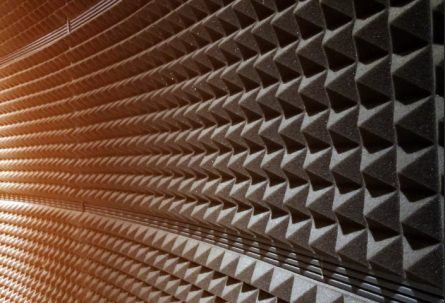 A noise report is required by the Malta Planning Authority or another entity, including the Courts of Malta, to measure the sound levels and establish limits of noise that is being emitted from fixed equipment. If this process is done at planning stage, then the report is based on the sound levels that are expected in the proposed development. There are also cases where the property is already being used, for domestic or commercial use, and the noise levels need to be measured and monitored, to ascertain that they are within the legal limits and to take the necessary action to correct situations where there may be excess noise, i.e. sound levels that are above what is acceptable.
A noise report is required by the Malta Planning Authority or another entity, including the Courts of Malta, to measure the sound levels and establish limits of noise that is being emitted from fixed equipment. If this process is done at planning stage, then the report is based on the sound levels that are expected in the proposed development. There are also cases where the property is already being used, for domestic or commercial use, and the noise levels need to be measured and monitored, to ascertain that they are within the legal limits and to take the necessary action to correct situations where there may be excess noise, i.e. sound levels that are above what is acceptable.
In these cases, the noise report services to provide insights of the type of mitigation measures that can be applied by the property developers or the building owner, in order to make sure that what we call the ‘nearest sensitive receptors’ meaning those who are hearing the noise in the vicinity, will not be subjected to noise levels that go over what is established.
At Sammut & Associates, we offer a number of services in relation to noise reports, as follows:
- Baseline surveys: These are usually required by the Environmental and Resources Authority to establish the ‘normal’ sound levels before a development takes place.
- Noise mitigation measures report: As described before, these reports make recommendations as to the type of action that can be taken to minimise noise levels, such as sound-proofing and maintenance of certain heavy equipment that might be causing unnecessary noise and vibration.
- Lift noise report and noise mitigation reports for lifts: This is a special type of noise report that investigates lift shafts that are located in close proximity to or above third-party properties. The engineer is required to provide a limit on the noise level that is to be heard by the third parties, and in cases where this is likely to be exceeded, they also need to provide mitigation measures to bring down the noise levels.
- Noise monitoring: At times, rather than have a one-time measurement or set of measurements for sound, it is necessary to take measurements regularly, over a certain period of time. These measurements are done at intervals that are prescribed by the requirements of the legislation, e.g. the Environmental Noise Directive of the EU, or else by the operational permit conditions.

